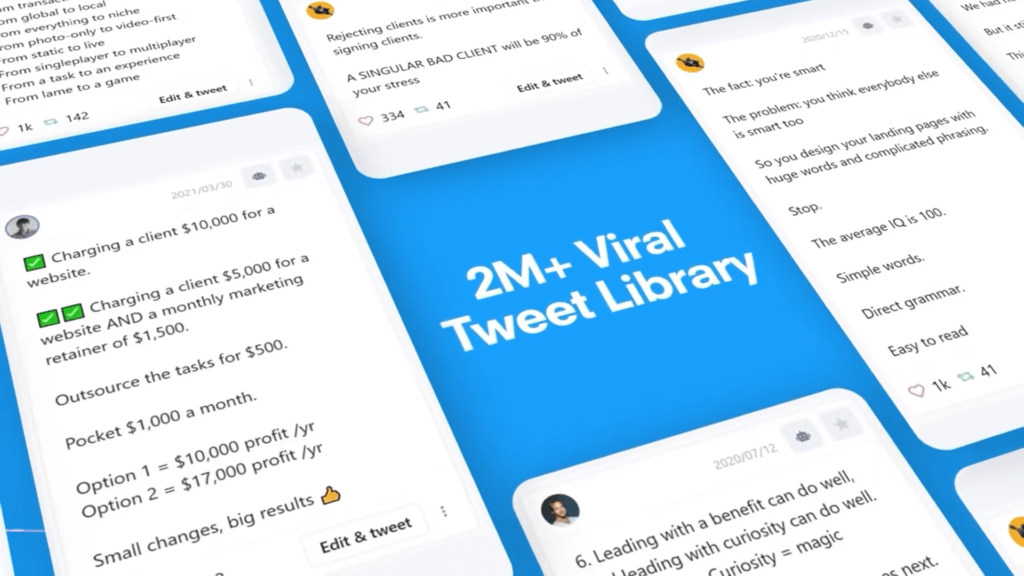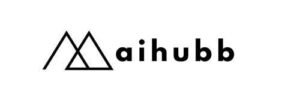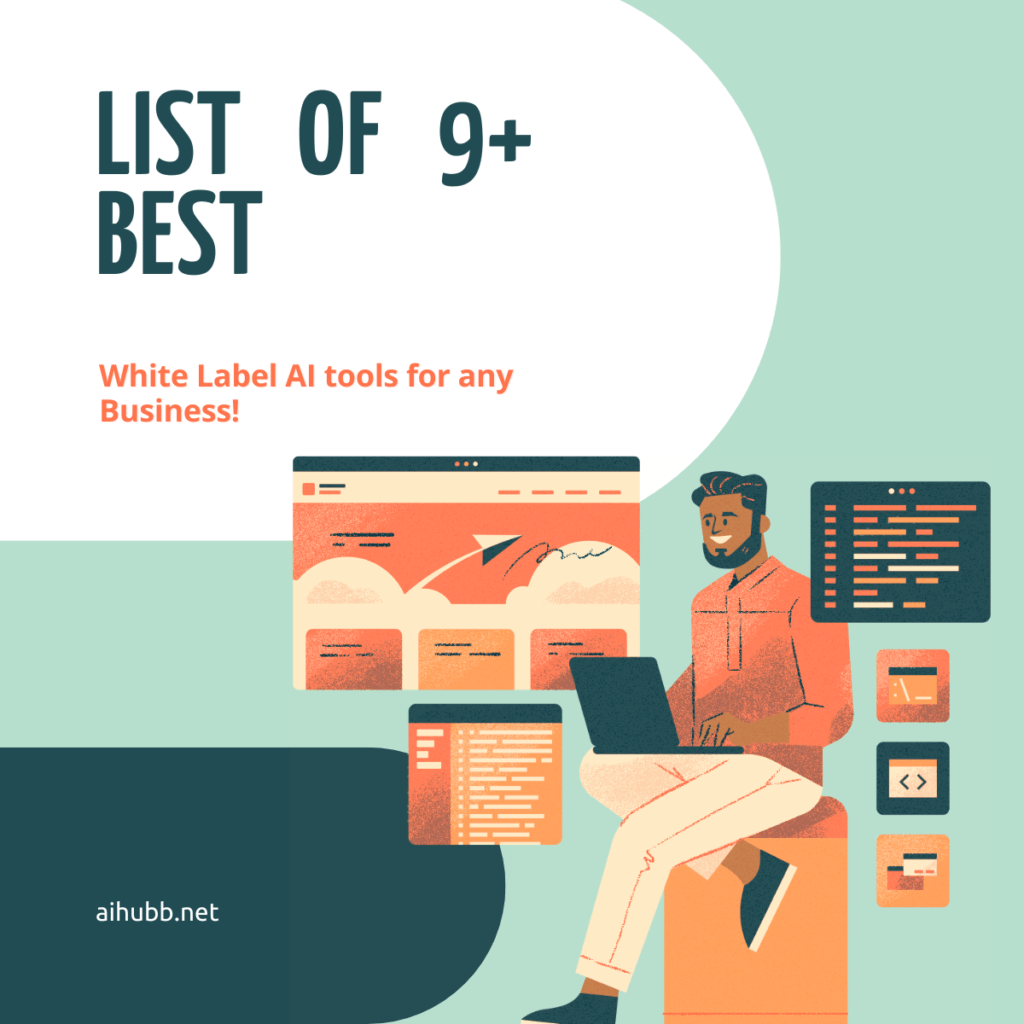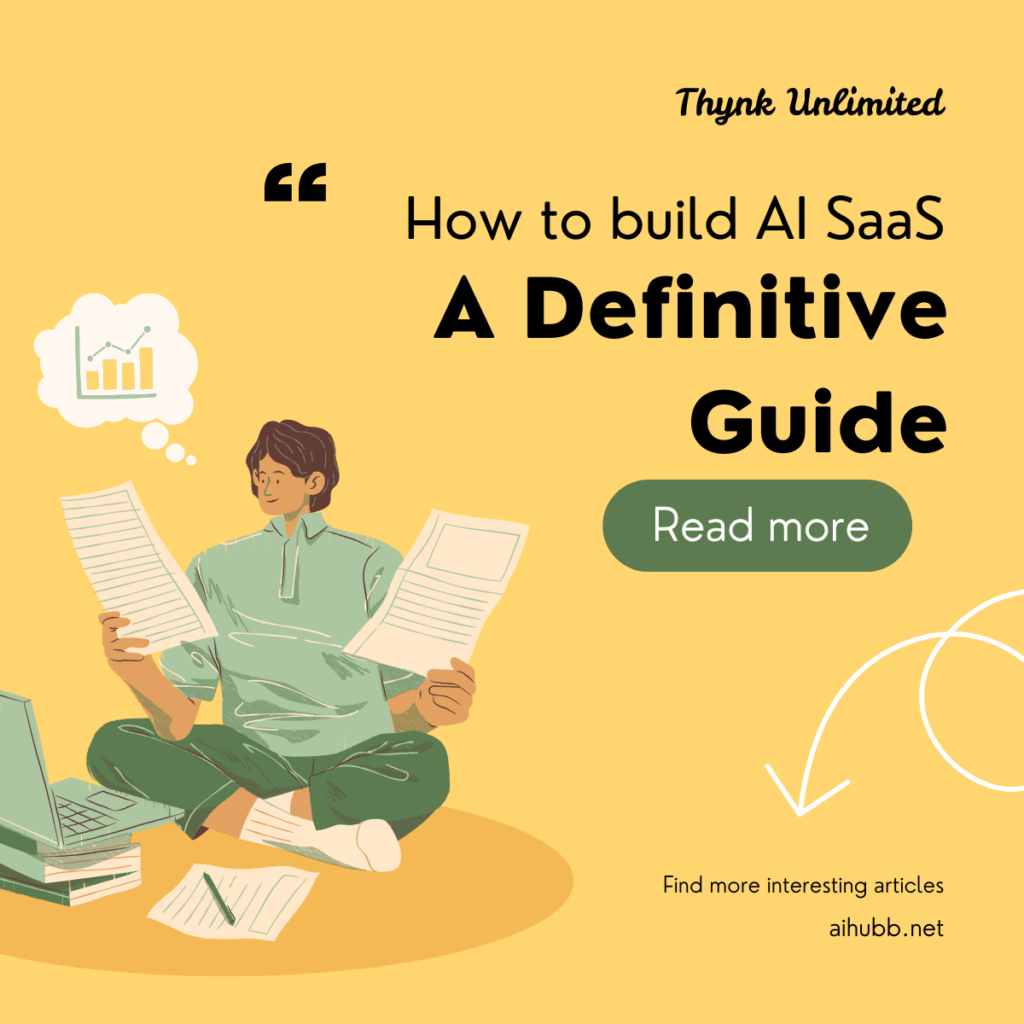So you’re tired of listening to people say things like “This is dropshipping for this generation” “SaaS is the next big blue ocean market” and whatnot on the internet. While they are mostly finance gurus looking to sell you some sort of a course, they are not wrong that this (AI SaaS) might quite possibly be the business of the future.
Online businesses are the way to to in 2025 and onwards, and businesses want to do everything they can in order to automate all of their operations and gain as much effectiveness as possible. So what is one solution for all of this? AI SaaS or Software as a Service is definitely the way to go.
In this blog, we will talk in detail about this yet ‘unknown’ topic that people aren’t taking seriously yet, and walk you through all the important things that you’ll need to get started.
We will also include a simple framework you need to learn in order to build your career in AI SaaS. Also, we will give small businesses a blueprint to integrate automation into their business as well.
What is AI SaaS
Software as a Service or SaaS is a way of delivering applications remotely over the internet instead of locally on machines. In easier words, you’ll be creating software tools or applications that can be used by others on the internet and make money by selling it.
So how does AI come to the equation, you ask? Well, to create softwares and basic applications one needs to invest YEARS into learning how to code, gathering ideas, testing what works and what doesn’t. AI SaaS means to basically use AI tools in order to simply drag and drop widgets, and create software that can be sold to other users and businesses worldwide
For Example, to create a ride sharing app like Uber you really don’t need much of a skillset or programming anymore. Using various tools (which we will be revealing in a bit) you can easily just drag and drop the widgets using your own creativity and thinking. And just as easy as that with little bits of experimenting here and there, you’ll find the perfect one soon enough.
Growth of AI SaaS
AI SaaS has been showing remarkable growth in the last couple of months. And we all know very clearly that yes, AI is indeed the business of the future. And if you follow the right kind of people on the internet, you should know that multi millionaires like Alex Becker, Iman Gadzhi and even Alex Hormozi has sold a SaaS worth a 60 Million$ exit.
They all know that this is the most profitable business model, because it is high leverage. Meaning, you can create one product online and sell it hundreds of millions of times. So what do the statistics say, you ask?
According to sources collected from notta, the growth of SaaS can be easily anticipated by looking at these statistics
- Investment in AI SaaS startups reached $43.0 billion in 2022 (Techopedia).
- 82% of cloud companies have AI-driven features in their SaaS products, while 18% do not. (BVP).
- The AI SaaS Market size was valued at $73.8 billion in 2020 and is expected to reach $1.547 billion by 2030, at a CAGR of 37.66% from 2022 to 2030. (Verified Market Research)
- Global AI software revenue will reach $118.6 billion by 2025, up from $9.5 billion in 2018. (Omdia)
- 35% of SaaS businesses are already using AI, and another 42% intend to use it in the near future. (Tech Jury).
Research shows as more SaaS businesses adopt AI, the AI SaaS market, valued at $71.54B in 2024, is projected to reach $775.44B by 2031, growing at a CAGR of 38.28%. 34% of SaaS companies report improved efficiency and productivity after leveraging AI. (Acropolium)

This clearly states out that the future is definitely looking right for SaaS and the leverage of AI will take you much farther. So now then, let’s talk about its importance.
Importance
The current world is gradually shifting towards a more software related environment day-by-day. Previously, everyone knew that it would take a ton of hard work, weeks of strategic thinking and sometimes even months of coding to bring the idea of any kind of software into perfection. That’s why only the companies that turned big could invest the time and money to include automated processes for the longest period.
However, things have been drastically changing for the past couple of years and creating newer software is getting easier than ever before. Now all it takes is proper strategy and utilisation of the already existing tools, and you can create any kind of software, be it automation or even an app, faster than anyone could’ve imagined before.
Though the tools are still not completely perfect as of right now, but the greatest advantage of software still persists, as it is HIGH LEVERAGE meaning you can obviously create it once and sell it as many times as you want to.
The importance and the vision for future clearly speak for themselves, so to get a proper and better idea let’s have a look at some easy examples.
AI SaaS Examples
As long as you have an idea in mind, you can start creating SaaS models today by using tools like bubble. With bubble, you can use preset templates to build your software without having to use any code. You can easily create apps like uber by using drag and drop features.
The reason most people don’t talk about starting a software company instead of dropshipping or SMMA is because these companies use to be really expensive to start back in the day. And even if you had a great idea, it would take a long time for it to come into life and become an actual product. And even then, you wouldn’t be sure if it would work properly or not. Due to these no code software, Making applications have become
- Much, much cheaper
- A lot faster
- Accessible to everyone
- You don’t even need to learn coding for years just to create a simple application
Now, let’s look at some real world examples from the past couple of years.
Example 1
Tweethunter has just been sold a year ago for millions of dollar after being in business for only one year. The model of this is very simple. All it does is go through all your tweets at once and then integrate the chatGPT API to create new tweets that will sound similar to the ones you have already posted. An API basically means integrating one software into another and in our case, this is one of the most important things that has been revolutionizing software for years.

The use of API here is that it uses the data collected from twitter and then synchronizes it with chatGPT to get the desired outcome that we wanted. So it basically connects the software app with other tools. The idea was just as simple as that. the app did this and within just a year they managed to sell for 8 figures.
Creating your company and selling it is just one of the many ways that you can leverage SaaS in order to make money. The best of ways still lie deep inside, now we will look at some of the ways popular entrepreneur Brett Malinowski and his team personally use.
Example-2
Businesses use multiple software tools to organize and run their operations—essentially forming a system. For example, they might rely on project management tools like Trello, CRM solutions like Salesforce, and customer support platforms like Zendesk. However, syncing information across these tools can be challenging, leading to communication gaps, delayed projects, and unhappy clients.

Instead of jumping between Trello, Salesforce, and Slack as separate steps or tabs, you can combine their features into a single platform. Think of it like a car: Make.com acts as the engine, connecting everything together, while Bubble is the body of the car, handling design, user management, and billing. Make.com is essentially a no-code API connector that integrates various software APIs into Bubble, much like how platforms like Tweet Hunter utilize GPT-4. This allows you to build internal SaaS platforms for businesses, creating unified views, analytics, and workflows. For instance, you can develop a central dashboard where tasks, sales leads, and customer support tickets from different tools are displayed in one unified view.
Additionally, you can build an all-in-one analytics page to track sales performance, churn rates, customer support tickets, or any other data using customizable graphs, pie charts, or spreadsheets. Automated workflows further enhance efficiency—for example, a customer support ticket for a website bug can automatically create a Trello task for the developer, notify the sales team, and track progress. This system consolidates notifications, data, and analytics in one place, making operations seamless and efficient.
How to Build Your Career in AI SaaS
Building a career in AI SaaS is one of the most promising paths in today’s tech-driven world. As businesses increasingly look for ways to automate operations and improve efficiency, they are willing to invest in software solutions that address their specific needs. The key to success in this space is mastering the art of selling your SaaS product to businesses, primarily through a B2B (business-to-business) approach.
Step 1: Understand Your Target Market
The first step in selling your AI SaaS product is identifying your ideal customers. Focus on businesses that are actively seeking automation, process optimization, or cost savings. For example, small and medium enterprises (SMEs) in industries like healthcare, e-commerce, logistics, or education are often looking for efficient tools to manage their operations.
- Conduct market research to identify pain points within these industries.
- Define how your product solves their problems better than traditional tools or competitors.
Step 2: Create a High-Value Product
Your SaaS product should address a clear, measurable problem and provide a tangible ROI (return on investment) for the businesses using it. Utilize AI-powered tools to enhance your product’s value by:
- Automating repetitive tasks (e.g., scheduling, data entry).
- Offering predictive analytics to help businesses make informed decisions.
- Integrating seamlessly with tools businesses already use, like CRM, ERP, or project management software.
Step 3: Build a Scalable Pricing Model
B2B buyers often look for flexible pricing plans that align with their business size and growth. Common SaaS pricing models include:
- Subscription-based pricing: Charge a monthly or annual fee.
- Tiered pricing: Offer different plans based on features or user limits.
- Pay-as-you-go: Charge based on usage or specific transactions.
Provide clear value for every pricing tier and offer trials or demos to encourage businesses to experience your product before committing.
Step 4: Leverage Sales and Marketing Channels
Selling B2B SaaS requires a mix of strategic marketing and direct sales efforts:
- Inbound Marketing: Create content such as blogs, case studies, and webinars that educate potential customers about the benefits of your SaaS product.
- Outbound Sales: Use personalized cold emails, LinkedIn outreach, and direct calls to reach decision-makers in target businesses.
- Partner Programs: Collaborate with consultants or agencies that can recommend your product to their clients.
Step 5: Focus on Customer Success
B2B customers expect ongoing support and tangible results. Build trust and long-term relationships by prioritizing customer success:
- Offer onboarding assistance to help businesses integrate your product into their workflows.
- Provide excellent customer support and proactive communication to address any issues.
- Regularly update your product based on customer feedback to maintain its relevance and competitiveness.
Step 6: Leverage AI to Enhance Your Selling Strategy
AI can also help optimize your B2B sales process. Tools like ChatGPT can assist in crafting personalized email campaigns, analyzing customer data for better targeting, and creating dynamic sales presentations tailored to client needs.
By focusing on these steps, you’ll position yourself as not just a SaaS provider but a valuable partner in helping businesses achieve their goals. Remember, success in B2B SaaS sales is about solving real problems, building trust, and delivering consistent value.
Final Thoughts
Building a career in AI SaaS is one of the most exciting opportunities in today’s business world. By focusing on creating high-value products, understanding the needs of businesses, and mastering how to sell your solutions effectively, you can establish yourself in this growing industry. Remember, the key to success is solving real problems, offering clear value, and maintaining strong relationships with your customers. Whether you’re building your own product or joining an existing company, the possibilities in AI SaaS are endless—now is the time to take the leap and start your journey!
Interested to know more about AI Agency mentioned in the blog? Read here
Learn how to start our AI Agency here



